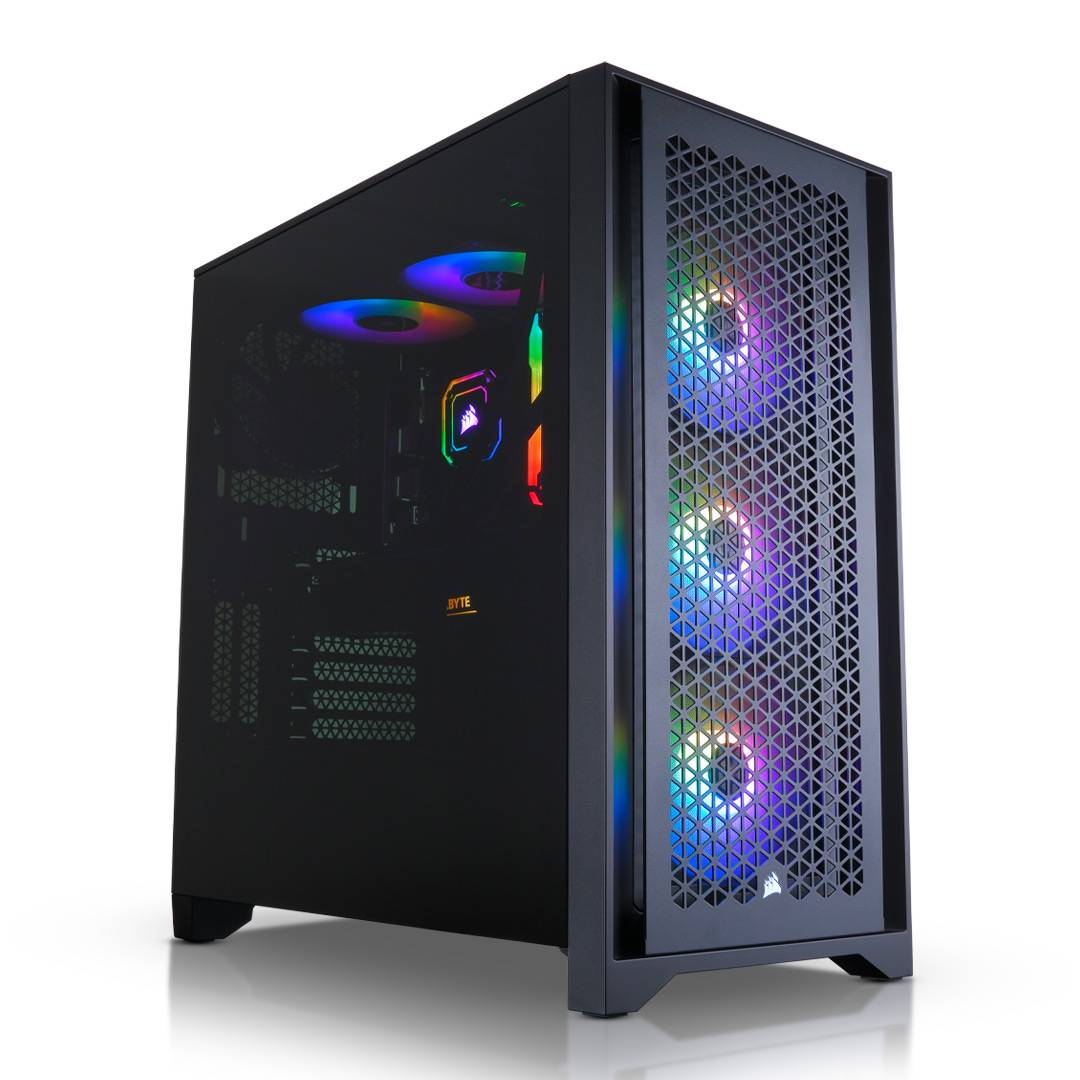
open testbed, I created this chart using the GPU clocks from GPU-Z from the 10x consecutive Metro Exodus benchmark runs, both in and out of the case. To see if GPU clocks were affected to any significant degree inside the 4000D vs. The 4000D is constructed mostly from steel with a simple, boxy shape. The 4000D has a non-mesh solid metal front panel and non-RGB case fans. All of them feature a tempered glass side panel.
Airflow 4000d pro#
If you can live with the noise, the H100i PRO RGB is extremely effective with high fan speeds.) There are three variants (plus two color options) for the 4000 series mid-tower case, 4000D, 4000D Airflow and iCUE 4000X RGB. (For the record, the same CPU/cooler on the open testbed with 100% CPU fans was only 41 C under this simulated gaming load. Still, load temps topping out at around 75 C with a Ryzen 9 3900X are fine, though I probably would have had lower numbers with the radiator positioned on the front intake – drawing in cool air – rather than the top (which would also have likely affected GPU temps). 4000D chart until I realized that all testbed GPU temps were recorded using 100% CPU fans to prevent thermal bottlenecks with our processor.

However these temps are targeted by the GPU, so average clock speeds will be a better determination of performance here (more on this in a moment).Īs to CPU temps, I was going to create an open testbed vs. Combining innovative cable management, concentrated airflow, and proven CORSAIR build quality, the 4000D is a fitting choice for an immaculate high-per. Compared to results from the same system on the open test platform, the GPU results were nearly identical, with the range being 76 – 77 C in ambient temps of 21.5 – 22.0 C.


 0 kommentar(er)
0 kommentar(er)
